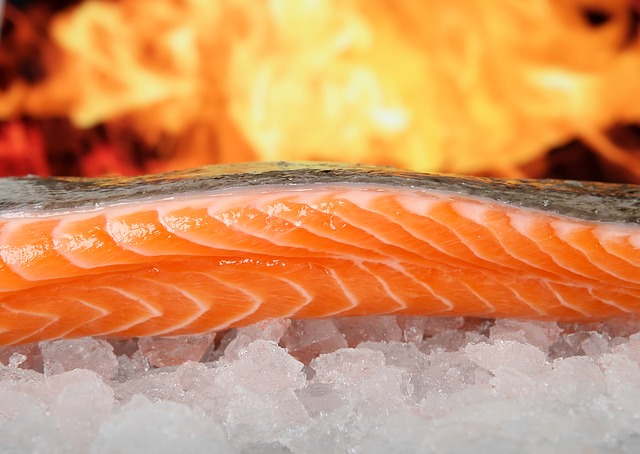6 Fish Staples For A Healthy Diet Rich In Vitamins & Nutrients

Albacore Tuna
Albacore is the keyword here because these tuna are known for their lower mercury ratings. Why? These fish are pole caught in North America, and they are smaller than the tuna caught using longlines. Albacore tuna also gets a better green rating in comparison with other tunas. Furthermore, not only do albacore tuna contain less mercury but they also are known for better contaminant ratings overall. It matters, however, how the tuna was caught. You must know which products are sourced from a troll or pole-caught albacore tuna in North America. You will see a blue label issued by the MSC.
Wild-Caught Salmon
Wild-caught salmon is best sourced from Alaska fisheries. Salmon fishing is huge in Alaska, and biologists even take the time to count the fish coming back to spawn each year. When numbers start to subside, fisheries close down for a while. Certain Chinook fisheries had to take these measures recently. Not only are the numbers monitored, but the biologists monitor water quality, too. These salmon fisheries are more sustainable, and the fish are known for having fewer contaminants. As always, wild-caught salmon is one of the best sources of omega-3. Enjoy a small three-ounce serving of wild-caught salmon, and you will have consumed 1,210 mg of omega-3.
Farmed Oysters
A serving of farmed oysters is going to give you about a third of the iron your body needs daily according to nutritional experts. Furthermore, you still get a nice respectable dose of omega-3, coming in at 300 mg. That isn’t the omega-3 you get with wild-caught salmon, but oysters do a body good. Remember, the one caveat is that harmful bacteria can sometimes be found in raw shellfish, especially if the oysters were sourced from warm waters. Oysters themselves, however, are known for improving water quality by feeding off their natural environment.
Wild-Caught Sardines
Who knew that sardines, which are overlooked and inexpensive, make the list of one of the best superfoods? In one serving of sardines, you get more omega-3 than you would from wild-caught salmon, a whopping 1950 mg. Sardines also contain a large amount of vitamin D. At one point, sardines were overfished, but the herring have rebounded in recent decades. Perhaps it is time to revisit sardines and make them a larger part of your diet.
Rainbow Trout
You might have heard that trout fished out of lakes can contain quite a few contaminants. That is why you will discover that most trout in the US are sourced from fish farms. Resources are conserved at these fish farms, and fish are fed a managed and healthy diet. These fish farms are sometimes referred to as “raceways” or freshwater ponds.
Coho Salmon
Coho Salmon are freshwater salmon that have been raised on fish farms within the continental US. This type of farmed salmon has been given the super green rating that you want to be on the lookout for when purchasing salmon for your grocery list. You want to avoid other farmed salmon, however, as the salmon farms are often overcrowded, allowing for the spread of parasites and other contaminants. This is the reason that you will not find any salmon farms in Alaska. The Coho Salmon fish farms have a better system, however, and they are able to maintain the right type of environment for producing healthy salmon rich in omega-3. See here for some delicious smoked salmon recipes. They still contain less omega-3 than wild-caught salmon from Alaska, but they are a great source of this important nutrient.





